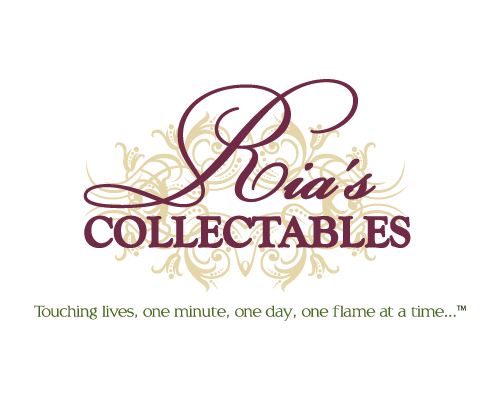
For almost as long as we have been collecting honey from bees, we have also been gathering and using beeswax. It is used in many forms, to make art, candles and medicines, and many of these practices continue today.
The source of Beeswax
It's the honeybee that produces beeswax – in particular the worker bees that use the wax to build their honeycomb. They have special glands on the underside of the abdomen that secrete the wax, which emerges as a transparent liquid that the bees then chew and mould into the cells of their comb. When the wax dries it turns into a hard, white substance, though because of the presence of pollen it is often yellowish, or even red. It's because of this process that beeswax retains a faint smell of honey, one of its best-loved properties.
Beekeepers have gathered beeswax since ancient history – it's still a laborious process compared to synthetic or petroleum based waxes. The wax is collected from the hive, melted down and then fashioned into 'cakes'. These cakes are very durable, and have been traded for centuries as a long-lasting commodity. In some parts of the world beeswax is still the most readily available type of wax, and is used for many different purposes from healthcare to gardening. It can be used to graft plants onto new stems, as it is pliable and weatherproof.
History
Beeswax was used in Ancient Egypt around 2 millennia ago – mixed into pigment it was applied to canvasses when painting with the 'encaustic' method. These pictures are some of the best-preserved examples of Egyptian art, demonstrating the resilience of beeswax. The wax was heated and used as the 'carrier' for the powdered pigment – before being baked in the heat of the sun to seal it.
In mediaeval times most candles were made of tallow – usually from animal fats. However, these candles tended to sputter and give off foul odors, and in the middle Ages the Catholic Church decreed that only pure beeswax candles should be burned in their churches. Traditional church candles today are still made from beeswax. Because of beeswax's superior quality, it was very expensive, however, and only the richest could afford beeswax candles for their home.
There is mention of beeswax being used as a skin softener in Roman times, and the wings of Icarus were reputedly fixed with the substance. Cosmetic products today, particularly of the 'luxury' type, sometimes contain beeswax. It is also mixed with linseed oil and turpentine to produce an excellent furniture polish.
A substance with so many varied and beneficial uses has understandably always been regarded as very precious – for this reason beeswax is quite valuable, and in fact used to be a form of currency. In Europe several governments called for payment in beeswax – for rent, taxes or fines. No wonder it's always been so highly prized!
With the rich history of beeswax and the valuable properties, it's no wonder Ria's Collectables has chosen this wax to be a part of their Natural Hand Poured Wax Candles
.gif)


0 comments:
Post a Comment